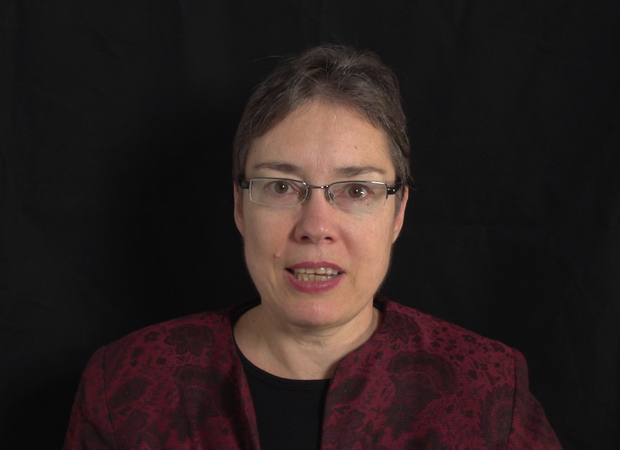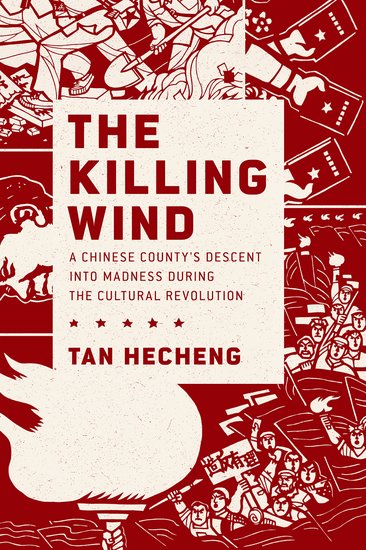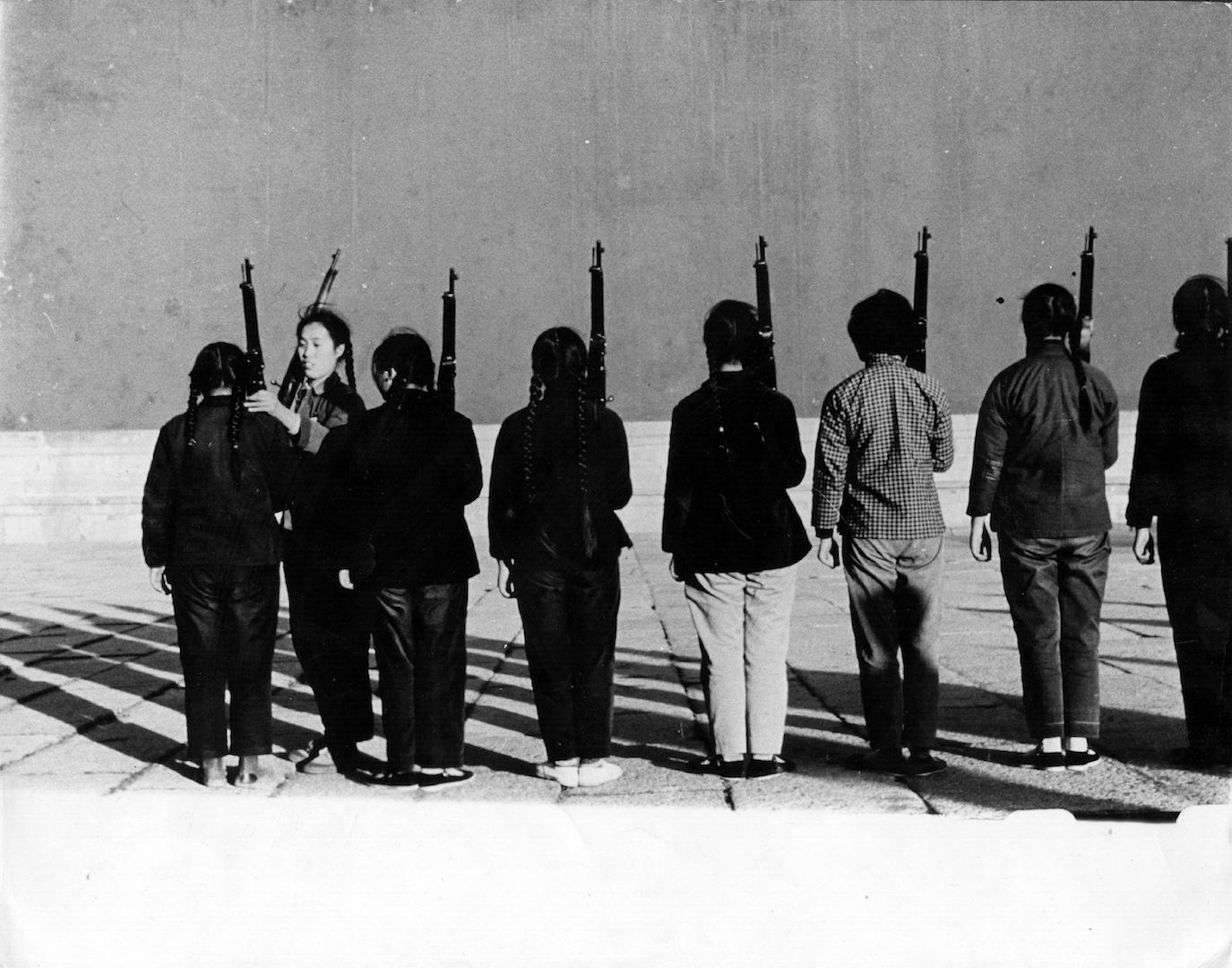Tan Hecheng might seem an unlikely person to expose one of the most shocking crimes of the Chinese Communist Party. A congenial 67-year-old who spent most of his life in southern Hunan province away from the seats of power, Tan is no dissident. In fact, he has spent his career working for official state media and trying to believe in Communism.
But in a meticulously detailed 500-page book released in English this week, he lays out in devastating detail one of the darkest, and least known, episodes in Communist Chinese history: the mass murder of 9,000 Chinese citizens by explicit order of regional Party officials during the height of the Cultural Revolution. Tan’s subject is specific to one county, but documents suggest that similar such massacres in the countryside were widespread, leading to as many as 1.5 million deaths.
In fact, it was the government itself that introduced Tan to these crimes. In 1986 while covering factory life for state media in Hunan province, a reform-minded magazine gave him an unusual assignment: to go to Dao County in a rural part of the province to write about a government investigation of killings that had taken place there during the Cultural Revolution. It was a time of reform and growing openness in China, and as an official journalist he was given full access to its tens of thousands of pages of documents. The idea was that Tan would write a positive piece about the Party’s efforts to deal with the past and punish the perpetrators.
But by the end of 1986 the political climate in China had shifted, and Tan’s article was never published. Still, Tan couldn’t let go of the explosive information he had found about the mass killings, and 25 years later he published his findings in Hong Kong. Now his book is coming out in English as The Killing Wind: A Chinese County’s Descent into Madness During the Cultural Revolution. Our conversation took place this fall, when I traveled with Tan to Dao County, where the massacres he writes about took place.
Ian Johnson: Let’s start with some specifics about the book. Why were you allowed to do your investigation in the 1980s?
Tan Hecheng: This was a time when [the reformist Communist Party leader] Hu Yaobang was in charge. He sent 1,300 officials to Dao County to investigate what had happened in the Cultural Revolution. I was working for Kaituo, which back then was the most courageous magazine in China. So I got to write it and in a big way do the interviews.
But then things didn’t go as planned.
When the first round of interviews was over, the political atmosphere was already turning. Forces in the Party opposed what was called “bourgeois liberalization.” So my article couldn’t be published. And the more time went on, the more impossible it became. It got tighter and tighter.
But why didn’t you give it up?
That’s simple. To speak frankly, in the past I didn’t really understand the Communist Party and its peasant revolution. It was like a blockage in my thinking. But suddenly in a short period of time my thinking became clear.
What triggered this understanding?
I’d kept asking one question: Had any one of the 9,000 people killed in the region been planning a counterrevolutionary event or said something unlawful? In the end the answer was: No.
Books
03.08.17

The Killing Wind
Not one?
Not one. There wasn’t one who was counter-revolutionary in thoughts or deeds. Not one said anything against the revolution. They found a lot of cases of “counterrevolutionaries” and they killed them all, but they were all fake. When I understood this, I was heartbroken. I began to realize that the Party had a history of violence. Already in 1928 it organized violent peasant revolts that killed masses of people. And land reform [shortly after the Party took power in 1949] was incredibly violent. It was one mass killing after another. All of a sudden it became clear. There was no justification for what happened. It was just terror.
So I felt that situation really needed me. I had to write it. All those people [survivors, family members, and reform-minded government officials] who gave me information, I had pledged to them that I wasn’t taking this for personal gain, but for our children and grandchildren’s descendants—so that a massacre wouldn’t happen again.
In your book, you describe how the killings radiated out of the cities and towns into the countryside. You described it as a “pestilence.”
I mean it spread at foot speed. It spread like an old-fashioned plague, with carriers bringing it from one place to the next. At that time, transportation, information wasn’t developed. The massacre’s spread relied on individuals walking and delivering the message. When someone arrived with the orders, the killing started.
The killers were all young. You wrote that most were in their twenties. Were they brainwashed by the Maoist propaganda?
Yes. The young people kept talking about exploitation by the landlord class. But for all this talk, all the exploitation was by the same four landlords: Huang Shiren, Zhou Bapi, Liu Wencai, Nan Batian. [Four landlords whose alleged crimes were constantly repeated by Communist Party propaganda across the nation in movies, posters, and textbooks.] And it turned out that their crimes were all fake. But this is all they knew and they thought that anyone who owned any land in China was a horrible landlord who deserved to die. In fact, the people who owned land were mostly just the country’s middle class. Especially in Hunan, big landlords were very rare. But they were all classified as landlords. They were declared to be subhuman, and when the orders came down, people found it easy to kill them. They had been conditioned to think of them as not human.
But this is all half a century ago. Things have changed.
No. It is rooted in this soil. Around the time of the [1989] Tiananmen Square massacre I raved about this at a meeting and put it like this: I said that according to my research the Communists were triumphant not because the Nationalists [their opponents in the civil war] were backward; it was because the Communists were even more backward. Their brutality and backwardness allowed them to succeed. The Nationalists still had a few enlightened ideas so they lost.
What about today? Can these ideas be published today?
It’s even stricter than before. In the past you could play an edge ball [a term from ping pong referring to hitting a ball right on the edge of the table—a risky strategy but one that allows a talented player to score points]. Now they don’t let you play that. Now they’ve drawn the demarcation line even tighter.
Why?
Some leaders aren’t very educated. They have just a middle school level. And then you add in the autocratic system that China has and you have policies that are moving against rather than toward greater openness.
What’s the reaction of local leaders in Dao County?
Their greatest desire is to avoid trouble. The county is not run by the same people as before. Several decades have passed. The people who wielded power then are now in their eighties. The new people in power don’t want trouble or unrest. Even in the 2000s, it was risky to go there to do research because those in power were the children. But even they have retired.
When I traveled with you to Dao County, you were quite cautious to avoid attracting attention.
Why were we so prudent? It’s because of higher-ups—of the new emperor [Xi Jinping]. His way of doing things isn’t the same. Hu [Jintao, the Party secretary from 2002 to 2012] is gone, so is Jiang [Zemin, Party secretary from 1989 to 2002]. Hu and Jiang were more flexible. Xi is hard. The lower-downs don’t dare do otherwise, so they are hard too.
Do you think that people are still traumatized by memories of the killings?
Most people who witnessed it have died off, but the scar hasn’t healed. Because those who were killed and who suffered were the weakest members of society, the most marginal. They couldn’t get justice.
But some killers were brought to trial and compensation was paid.
According to the commission, 15,050 people were directly implicated in the killings, including one half of the Party’s cadres and members in the county. But only 54 people were sentenced for their crimes and another 948 Party members were disciplined. In addition, families only received 150 yuan for each person killed. This was equivalent to about 5,000 or 6,000 yuan [about U.S.$1,000] in today’s currency.
Couldn’t they fight or protest?
You can only have a conflict if the two sides have equal power. If one side is overwhelmingly more powerful, then there is no conflict. These poor farmers are so pitiable. If you give them 300 yuan [about U.S.$50], or 500 kuai, or find them a temporary job somewhere, then they won’t speak up. Poverty chills ambitions.
The current leadership seems trying to move back to the 1950s, when officials were thought to be clean and the Party had broad support.
Exactly. They think that that era was good. But that era led to the Cultural Revolution. It wasn’t a good time. It was just because Mao had not laid bare his plans. I don’t mean the Cultural Revolution will repeat itself exactly. The methods won’t be the same but all socialist systems end up like that. It’s like inheriting a wife from your dead brother, or a father passing on knowledge to his son. The leaders just appoint their successors. It’s just a small circle. The soil—it’s so deep.
That makes change hard.
Look at it like this: the Qing [dynasty from 1644 to 1911] deteriorated into a complete mess [in the mid-nineteenth century] but still muddled through for 50 years. Now, look at the assets the current government has in its hands. You want to change it? It’s laughable.
The very last chapter of your book is a single, very striking line. You write, “The Buddha said: Lay down your butcher’s knife and become a buddha”—fangxia tudao; lidi chengfo. This is a well-known expression about repenting one’s sins. Why did you use it here?
I had three intentions. One is as the Buddha says, that people should put down their killing swords. Only then can they be absolved of their sins. The others is that I wish the Communist Party would really put down its killing sword—to reform. And the third, well it’s not about the knife in your hand. It’s the knife in your heart. Wang Yangming [the neo-Confucian philosopher who lived from 1472 to 1529] said it is easy to defeat the bandits in the mountains but hard to defeat the bandits of the heart. This applies to the entire population. It’s not aimed at the Communist Party but all of us: we have to lay down the knives in our hearts. Only then can we move toward a democratic path. So in the future if we have troubles, we won’t have to solve it through massacres and murders or clashing of fists, or whoever is stronger wins.
Why hasn’t the Party put down its sword?
It can’t. The benefits enjoyed by this privileged class are too great. If you put down your butcher’s knife you have to lay down your privileges. Because this whole state power is based on power coming from the barrel of a gun. Right now the Communist Party can’t really cheat anyone anymore because they are [ideologically] bankrupt. In the past they relied on deception and violence. Right now it’s entirely on violence. Think of all the arrests and detentions. This is the only way it rules. Lay down your knife and repent!
This interview, part of Ian Johnson’s continuing NYR Daily series, “Talking About China,” was supported by a travel grant from the Pulitzer Center on Crisis Reporting.




